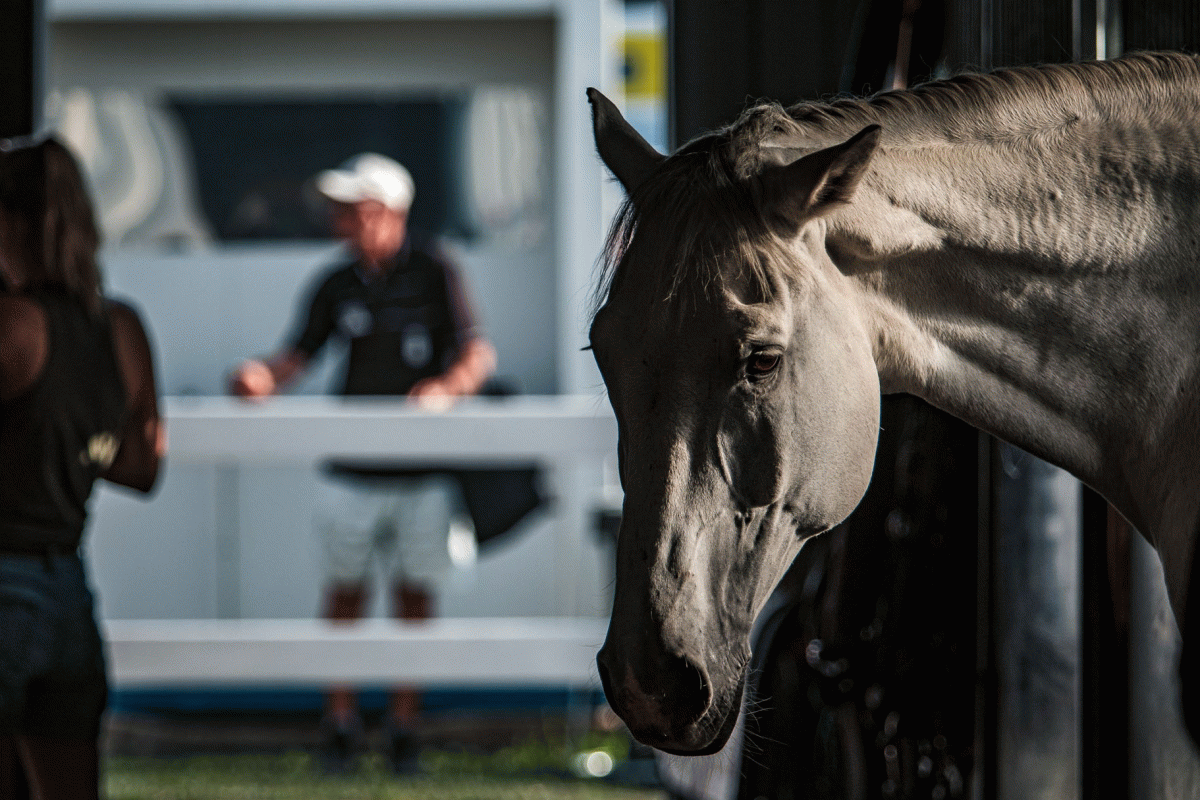
Článek v češtině si můžete přečíst ZDE.
The hardest task of every equestrian is probably to keep their horses safe and sound. Accidents happen, and truth be told, they happen to horses more than any of us would like. And those minor, seemingly unnoticeable injuries, more than the visible ones, are a real pain as they may be left unnoticed for quite some time. They may do a lot of harm by staying latent. However, your horse always tells you that something isn’t right, even if their signals are only subtle and negligible.
Let EQUIMO help you keep an eye on your horse’s wellbeing and health; here are three signs your furry partner is not feeling their best.
Open Landing Angle
The tempo graph holds the detail of every jump you perform during a session. Apart from other useful information, these details track take-off and landing angles. These angles tell you – yes, you’ve guessed it – about take-off and landing of a jump. Ideally, these numbers are approximately even. In reality, they are scarcely the same; nonetheless, a decent ride with a healthy horse should track relatively similar numbers of these angles. A significantly wider landing angle means your horse lands right behind the fence. A landing angle wider than the take-off angle can be a sign of either chronic or trauma pain in the front legs.
Jump detail with the same take-off and landing angles (orange line)
Jump detail with wider landing angle (yellow line)
Orientation to Left or Right
Another tidbit on your horse’s health also comes from the jump detail. Each detail contains information on orientation; if you jump straight or your jump curve is tilted to either side. Repeated high numbers of orientation, concerning jumps on a straight line especially, can present another early sign of a health issue – may it affect the ribs, spine, back, or hind legs, to name a few.
Jump detail with a 0° orientation
Jump detail with a 19° orientation (right)
More Strides per Minute
Tempo in your overview and graph is measured in spm – strides per minute. The approximate tempo of a showjumping round is around 110 spm; horses with large strides cover more ground, thus having lower values of spm than horses with smaller strides who need to perform more steps to cover the same ground. If you notice a sudden inexplicable increase in your horse’s spm value, the reason may be a smaller stride of your horse. Horses that don’t feel comfortable often decrease their range of motion being stiff in their body or legs. There may be many reasons for this deterioration in movement, but they should never be overlooked!
Tempo graph - the bubble by the red line shows a tempo of 104.0 spm